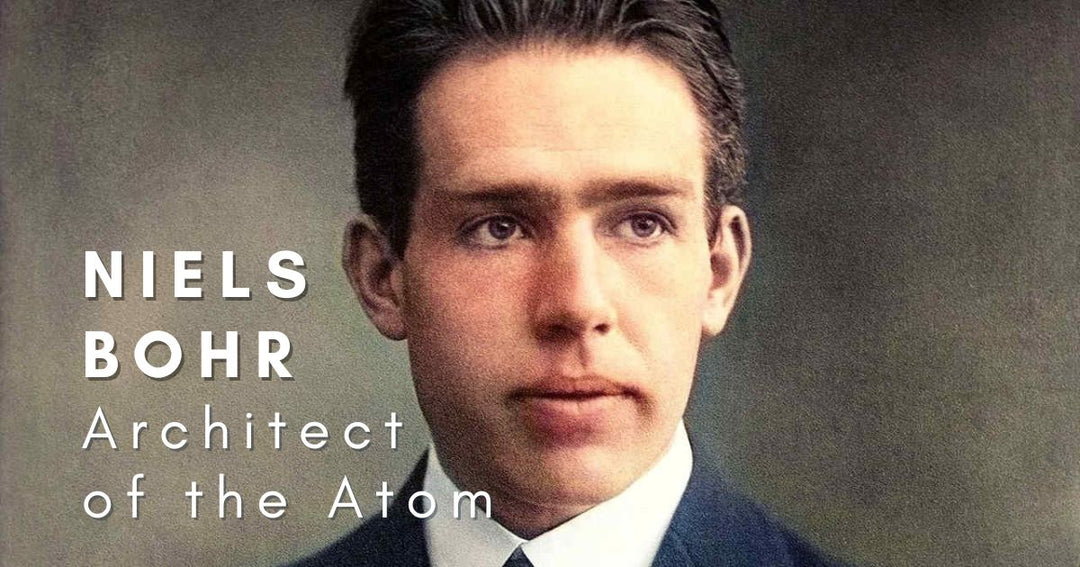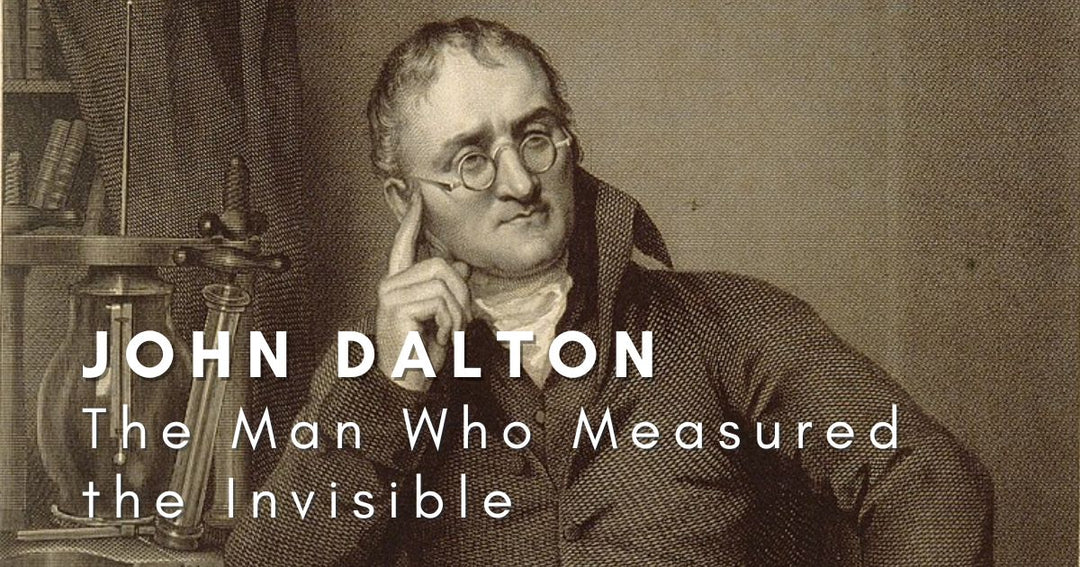Newton and his Year of Wonders

There's a deadly illness sweeping the nation. You've been confined to your house. What do you do?
Well if you're like most of the world's population, probably lots of TV or jigsaws. But if it’s 1665 and you're a 23 year old Isaac Newton...
The Great Plague of 1665 swept across Europe with London losing 100,000 people or 25% of its population leading to Newton, then 23 years old, to leave Cambridge for the safety of Woolsthorpe Manor, 60 miles north.
There, with quiet and time and unshackled from his tutors, his intellectual creativity flourished as he filled notebook after notebook with complex mathematics and ideas undertaking what has become known as his Annus Mirablis or " Year of Wonders".
Calculus
Firstly Newton tackled the problem of the mathematics of continuous change, now known as calculus.
Building on the ideas of Ancient Greek mathematicians and those that came after such as Descartes, Fermat, Kepler and more he wrote a paper outlining his discoveries. Circulating his ideas amongst his peers in conversation and correspondence he failed to publish it leading to his discovery being marred in controversy as Gottfried Leibniz argued he had discovered calculus first. It is now acknowledged that both men discovered it independently.

After discovering calculus at the speed that people learn it at university he turned his mind to light.
Optics
Taking a prism, previously used as a novelties and for use in chandeliers, he pondered the fact that they changed white light into a spectrum of colours. Boring a hole in the shutters of his room, now known as Newton’s Chamber, he allowed a thin shaft of light to fall onto a prism. His moment of genius came from allowing the rainbow of light to fall on a second prism causing the dispersed light to recombine and emerge as white light. This proved the light was unaltered by the glass and that white light is a combination of colours.

Having discovered calculus, and making enormous advances in the optics Newton stood in his room and one day saw an apple fall from a nearby tree.
Gravitation
He asked himself why the apple fell down as opposed to upwards or sideways. He theorised that there must be a force pulling the apple down and that maybe it was the same force that held the moon in orbit of the earth and the earth in orbit of the sun. Developing his ideas led to a mathematical basis of the attraction of objects to each other, now referred to as his Laws of Gravitation.

Following the end of the plague Newton returned with his notebooks to Cambridge University and presented his ideas in 1687 in one of the most important works in human history, Philosophiæ Naturalis Principia Mathematica, commonly referred to as Principia and then later in 1704 his book on light, known as Optics.

His Year of Wonders led to breakthroughs the scale of which weren’t seen again until the early 1900s with a young Albert Einstein. This giant of human intellect single handedly changed the path of science history, our history, forever.
Following his death in 1727, the poet Alexander Pope wrote an epitaph for Newton:
"Nature and Nature's laws lay hid in night: God said, Let Newton be! and all was light.”







Leave a comment